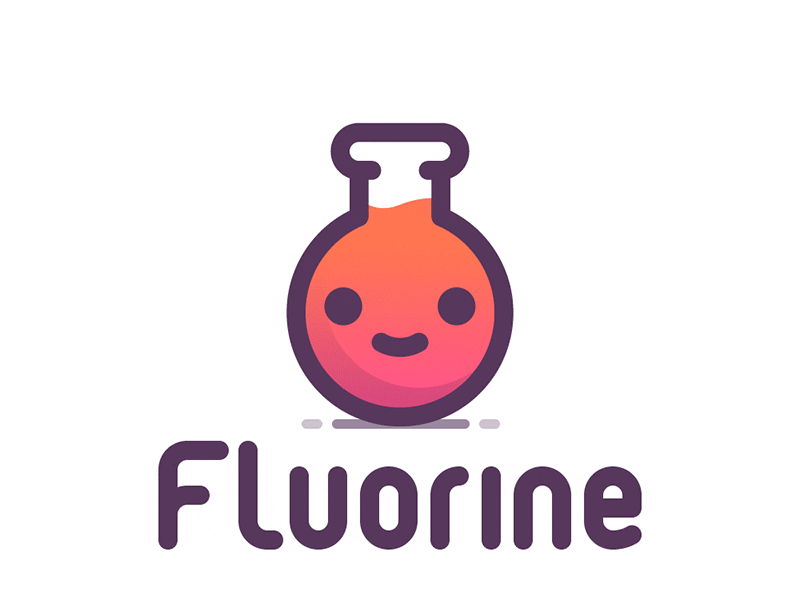Flexible state and side effect manager using RxJS for React.




Fluorine provides you with easy, reactive state and side effect management, accumulating stores from streams of actions and side effects.
It builds on the ideas of Redux, while preserving a Flux-like Dispatcher as the single source of truth.
- Your stores are directly reduced from the dispatcher and actions are dispatched on it
- Manage your side effect as Observables ("Agendas") with automatic rollbacks on error
- Unopinionated and simple API with Middleware support
This is the ultimate way to use RxJS for state and side effect management!
This is just a short example that quickly presents all features of the Dispatcher. It is of course not representetive for how to use it in real React projects.
import { createDispatcher } from 'fluorine-lib'
import thunk from 'fluorine-lib/lib/middleware/thunk'
/**
* This is a reducer, a pure function with (state, action) => state signature.
* It describes how an action transforms the state into the next state.
*
* The shape of the state is up to you: it can be a primitive, an array, an object,
* or even an Immutable.js data structure. The only important part is that you should
* not mutate the state object, but return a new object if the state changes.
*
* In this example, we use a `switch` statement and strings, but you can use a helper that
* follows a different convention (such as function maps) if it makes sense for your project.
*/
function counter(state = 0, action) {
switch (action.type) {
case 'INCREMENT':
return state + 1
case 'DECREMENT':
return state - 1
default:
return state
}
}
// Create a dispatcher which is our event stream
const dispatcher = createDispatcher({ logging: true }, [ thunk ])
// This reduces the dispatcher event stream to a store. This is essentially an
// RxJS Observable that emits the state of the store over time
const store = dispatcher.reduce(counter)
store.subscribe(x => {
console.log(x) // Your store's state
})
// Dispatch an action, a thunk, or a promise
dispatcher.next({ type: 'INCREMENT' })
dispatcher.next(next => {
next({ type: 'DECREMENT' })
})
dispatcher.next(new Promise((resolve, reject) => {
resolve({ type: 'INCREMENT' })
}))
// Agendas: Schedule a task, represented by an observable that emits actions
// If the observable fails, then all its changes are reverted
const addIfFetchSucceeds = Observable
.of({ type: 'ADD' })
.concat(Observable
.of('/ping')
.flatMap(path => Observable.fromPromise(fetch(path))))
dispatcher.next(addIfFetchSucceeds)Just as in Flux we've got stores, actions and a dispatcher. The seperation of concern is intact, while the dispatcher exclusively is the single source of truth.
Compared to Redux we've got fully functional actions and stores as well, but the state is handled fully reactively using RxJS. We can even use all of RxJS's operators.
On top of that we've got a new way of handling side effects: Agendas. This enables you to schedule observables as streams of actions, which roll back all their changes if they fail. This makes it easy to design exceedingly complex side effects.
-
react-fluorine-boilerplate: A boilerplate that gets your started with React, Fluorine and Hot Reloading
-
fluorine-orchestra: A data orchestration library with dependency resolution using Immutable.js
The goal of this project is to create a efficient but minimal library on top of RxJS that can preserve your previous (pure reducer) stores and actions, which you would write for a Redux project as well, but give you even more power over them.
Redux is building on top of the known strengths of Flux by mixing it with more functional ideas, but without a tool like RxJS it fails to combine the dispatcher and stores. Fluorine doesn't need containers for stores as every store can be reduced from the actions on the Dispatcher reactively.
On top of that Fluorine provides a new way to manage side effects, which is much more powerful than plain thunks.
Fluorine is (chemically-speaking) the most reactive non-metal. As Fluorine embraces RxJS to bring even more advantages of reactive programming to React, it is a fitting name.
Furthermore the latin verb fluo means "flow", which is a direct refernce to Flux and its unidirectional data-flow.
 |
- The ReactiveX team, all the RxJS developers and the ReactiveX community
- Dan Abramov for Redux that is a big influence to Fluorine
- The React team
